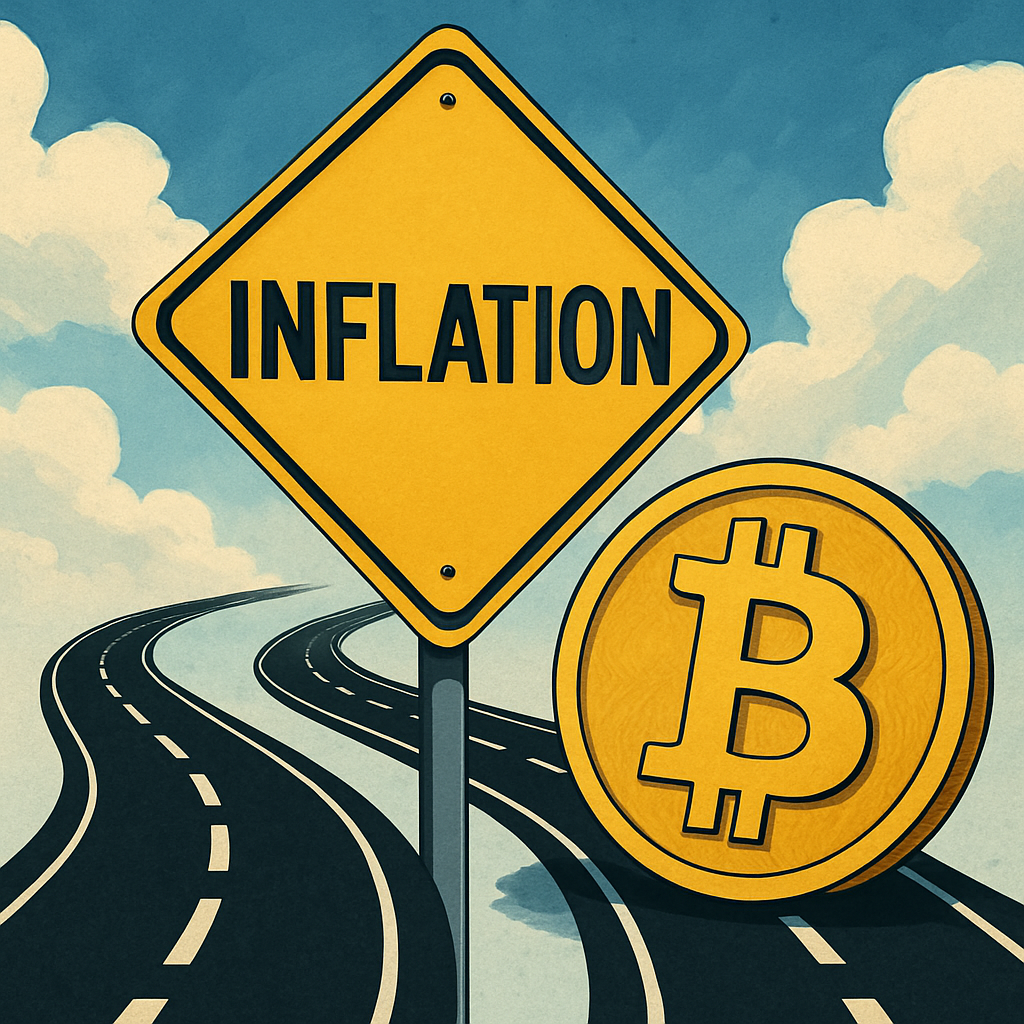The debate around Federal Reserve policy has intensified at the Jackson Hole symposium, with political pressure mounting for aggressive rate cuts even as core inflation persists above target. Two potential paths have emerged. In the first, the Fed yields to calls for rate reductions of up to 300 basis points, flooding markets with cheap liquidity and potentially driving core PCE inflation from 2.8% to over 4% by 2026. Such a scenario could send the U.S. dollar tumbling below 90 on the DXY, erasing over 10% of its value since January, and reignite broad asset rallies, including stocks, gold, and cryptocurrencies. Bitcoin, in particular, may outperform as real interest rates turn deeply negative and confidence in central bank independence wanes.
Alternatively, if the Fed holds policy rates steady to preserve its institutional credibility, inflationary pressures will still build from Trump’s “Big Beautiful Bill” and existing tariffs. In this slower-burn scenario, Treasury yields may drift upward to 4.7% next summer, reflecting modest rate hikes priced by markets rather than cuts. The dollar would weaken gradually, and inflation would rise to 3.0%–3.2% without a dramatic spike. Even here, Bitcoin could serve as a strategic hedge, offering an alternative store of value as deficits grow and fiscal uncertainty mounts.
Analyst forecasts indicate that Bitcoin’s path may diverge depending on the severity of inflation. In a rapid-cut, high-inflation environment, BTC could experience a sharp parabolic rally reminiscent of previous cycles, with targets well above current all-time highs. In contrast, under a controlled scenario, Bitcoin’s next leg may unfold more gradually, consolidating above $100,000 while institutional interest deepens. Key variables include tariff impacts on input prices, the Fed’s messaging around rate guidance, and the interplay of fiscal stimulus with debt servicing costs. Ultimately, irrespective of the policy path, Bitcoin’s role as a non-sovereign asset with capped supply positions it as a compelling hedge and safe-haven against macroeconomic risks, especially for investors seeking diversification beyond traditional markets and fiat currencies.

Comments (0)